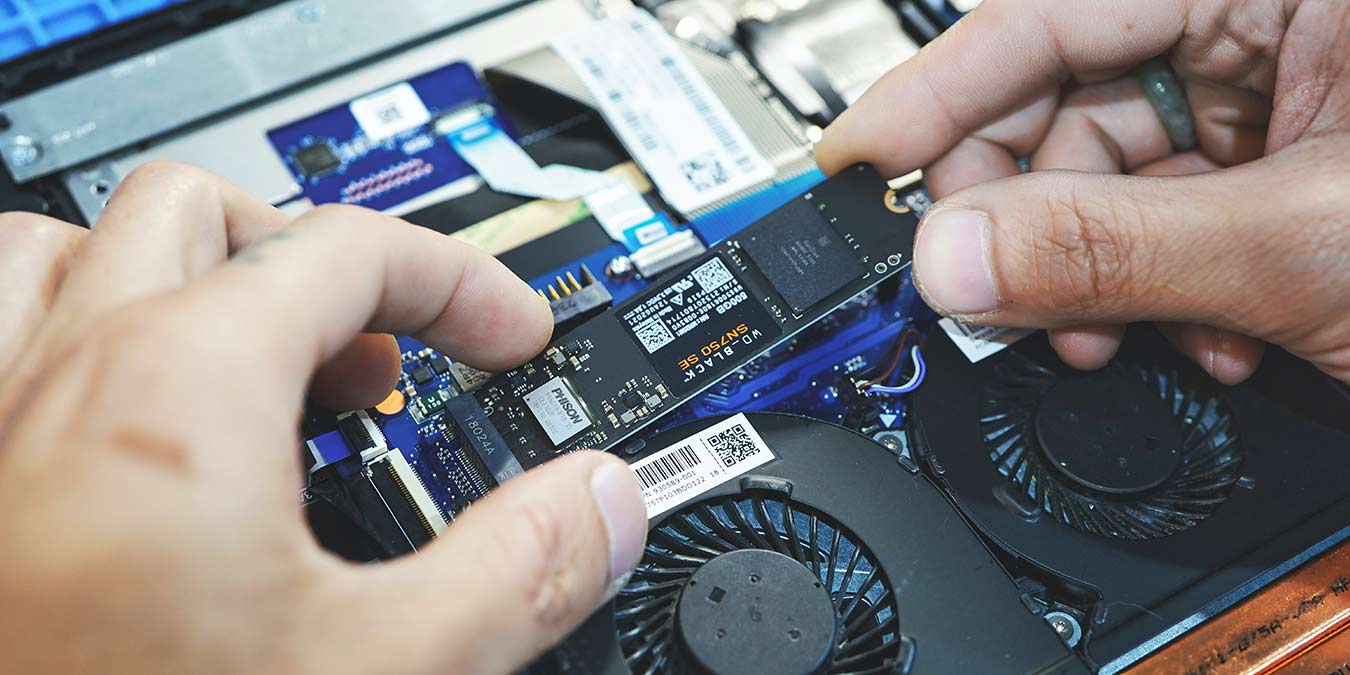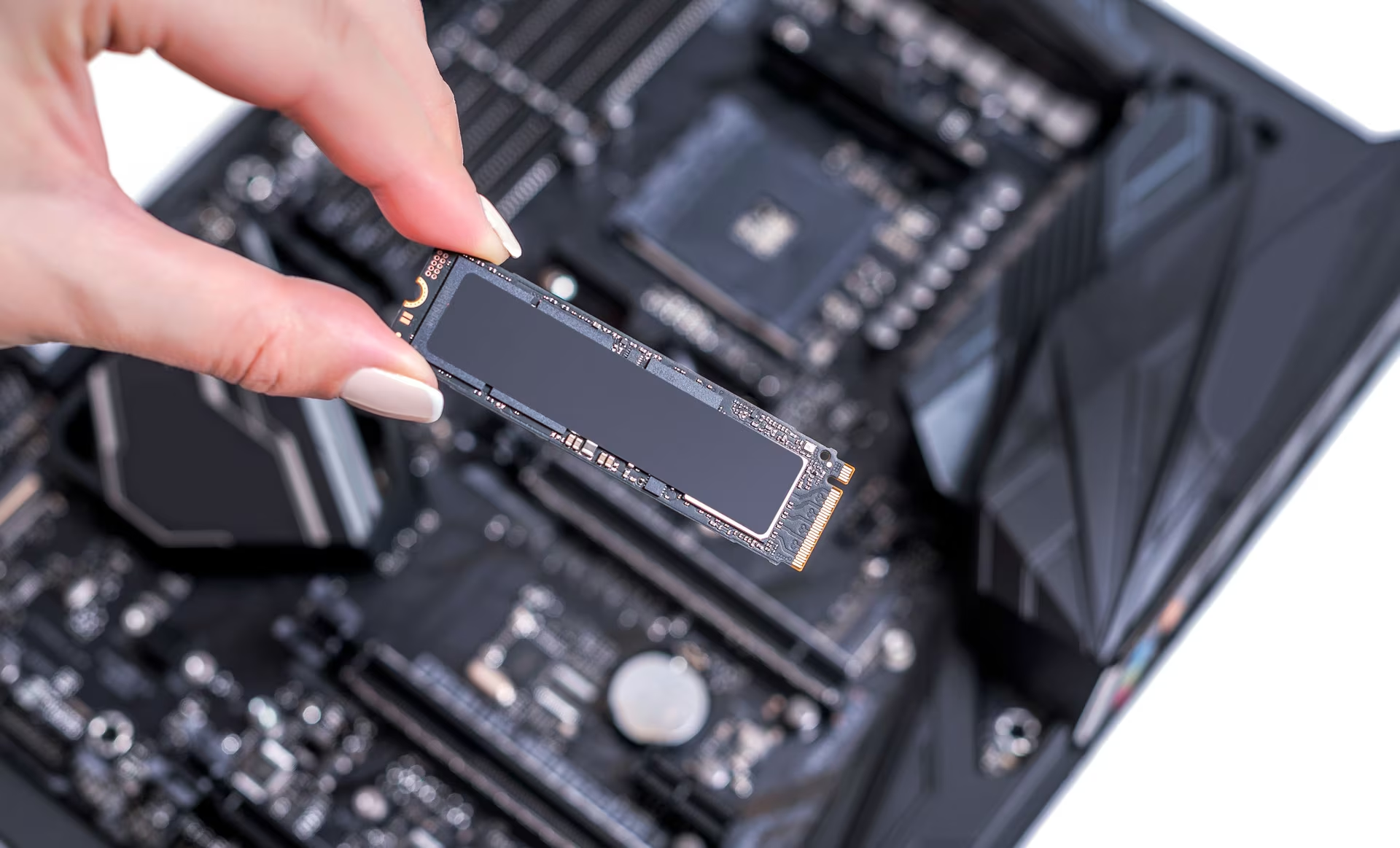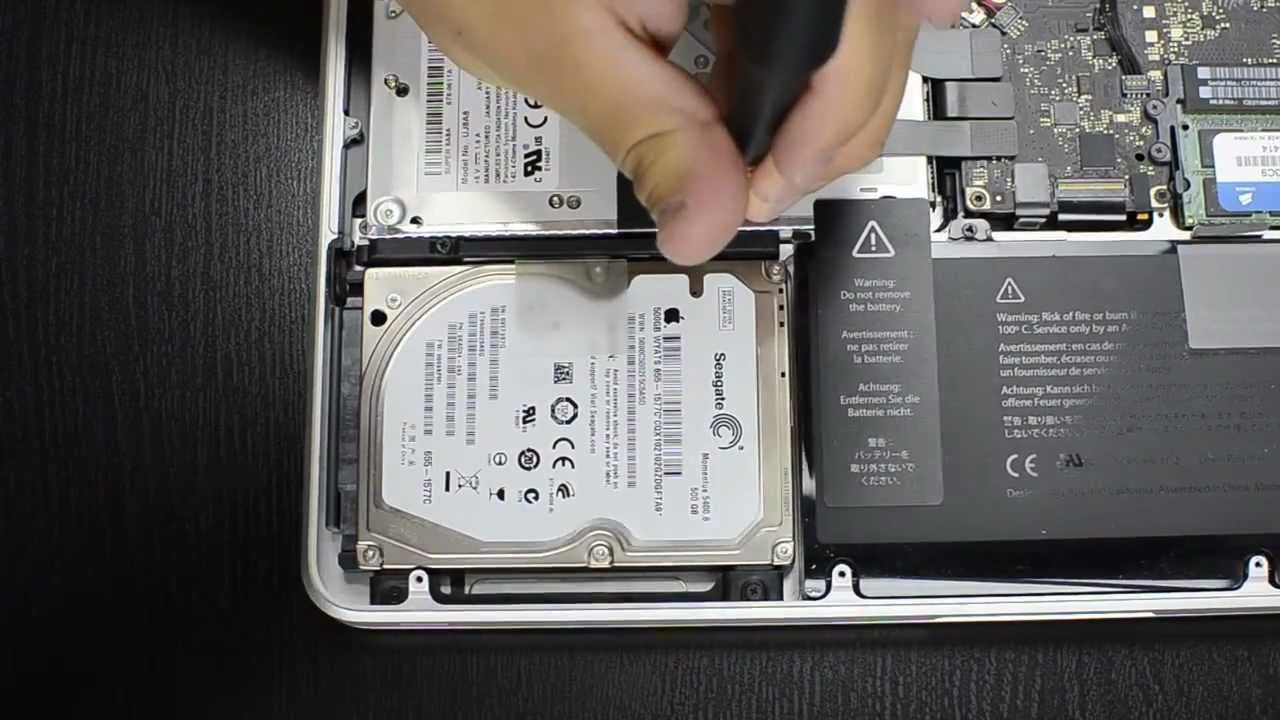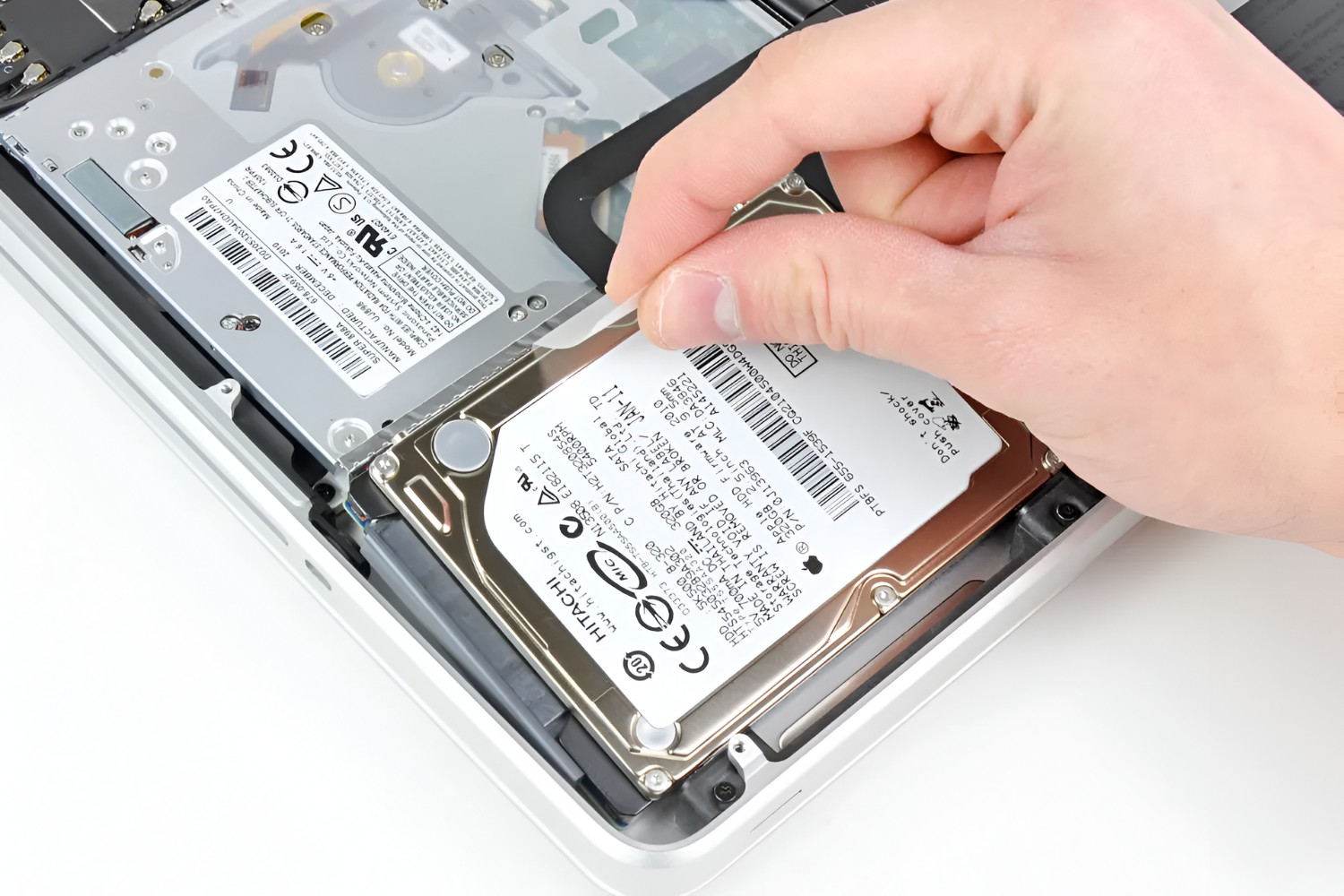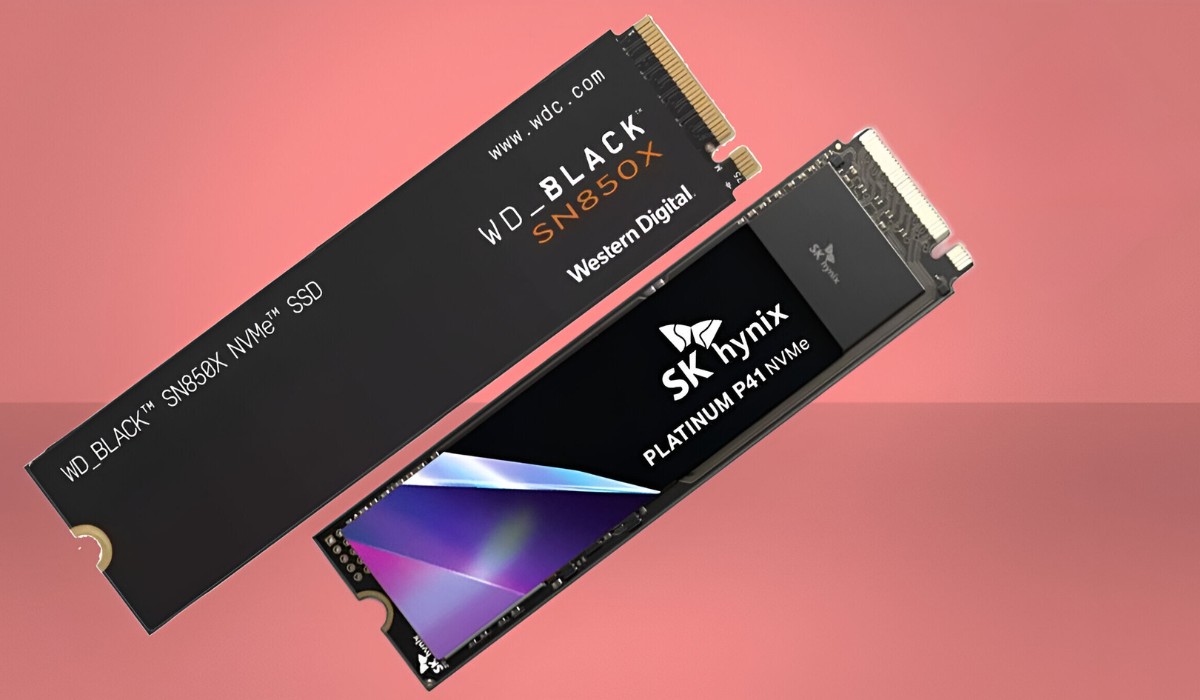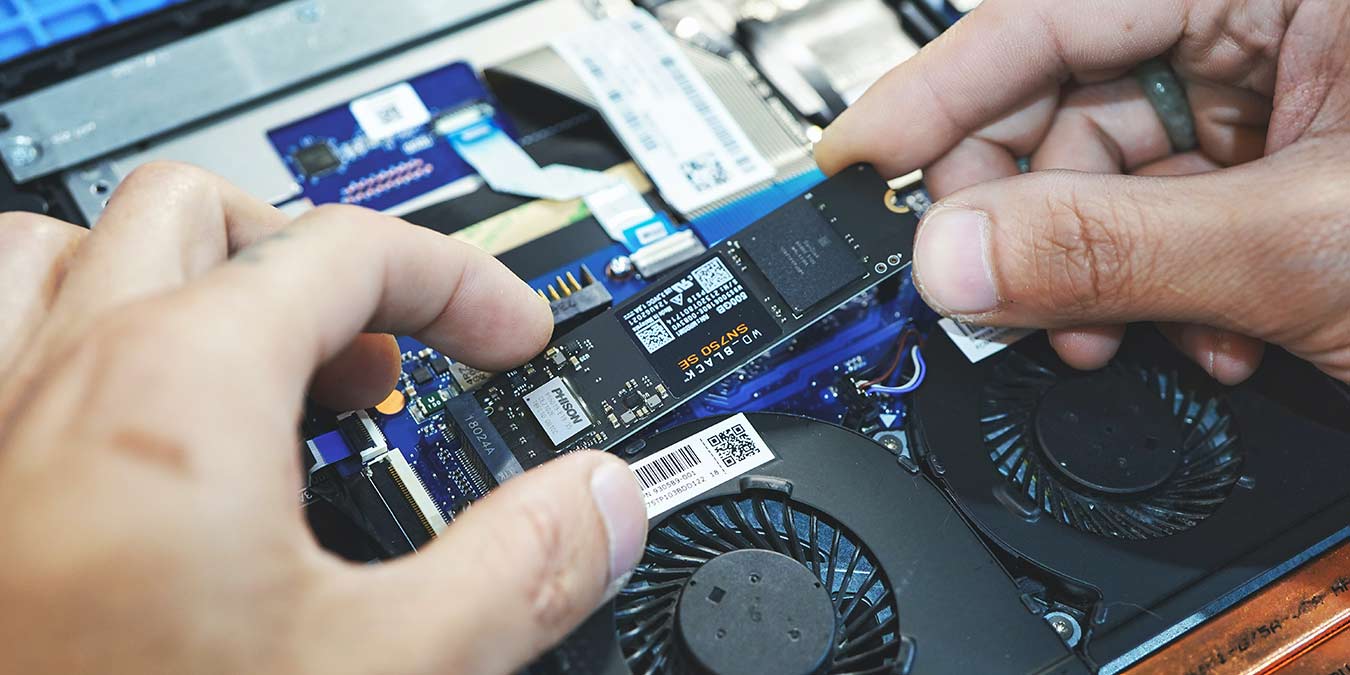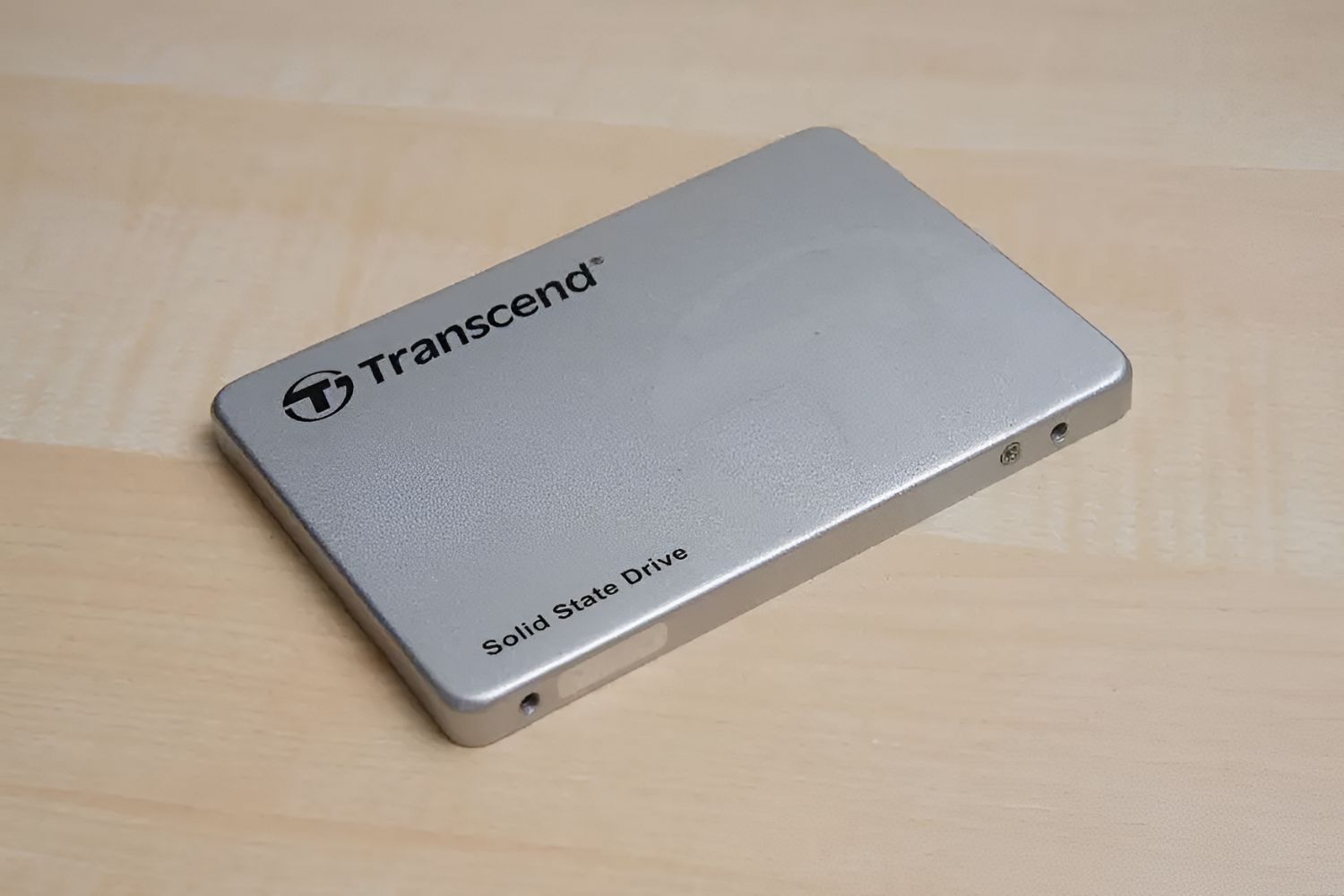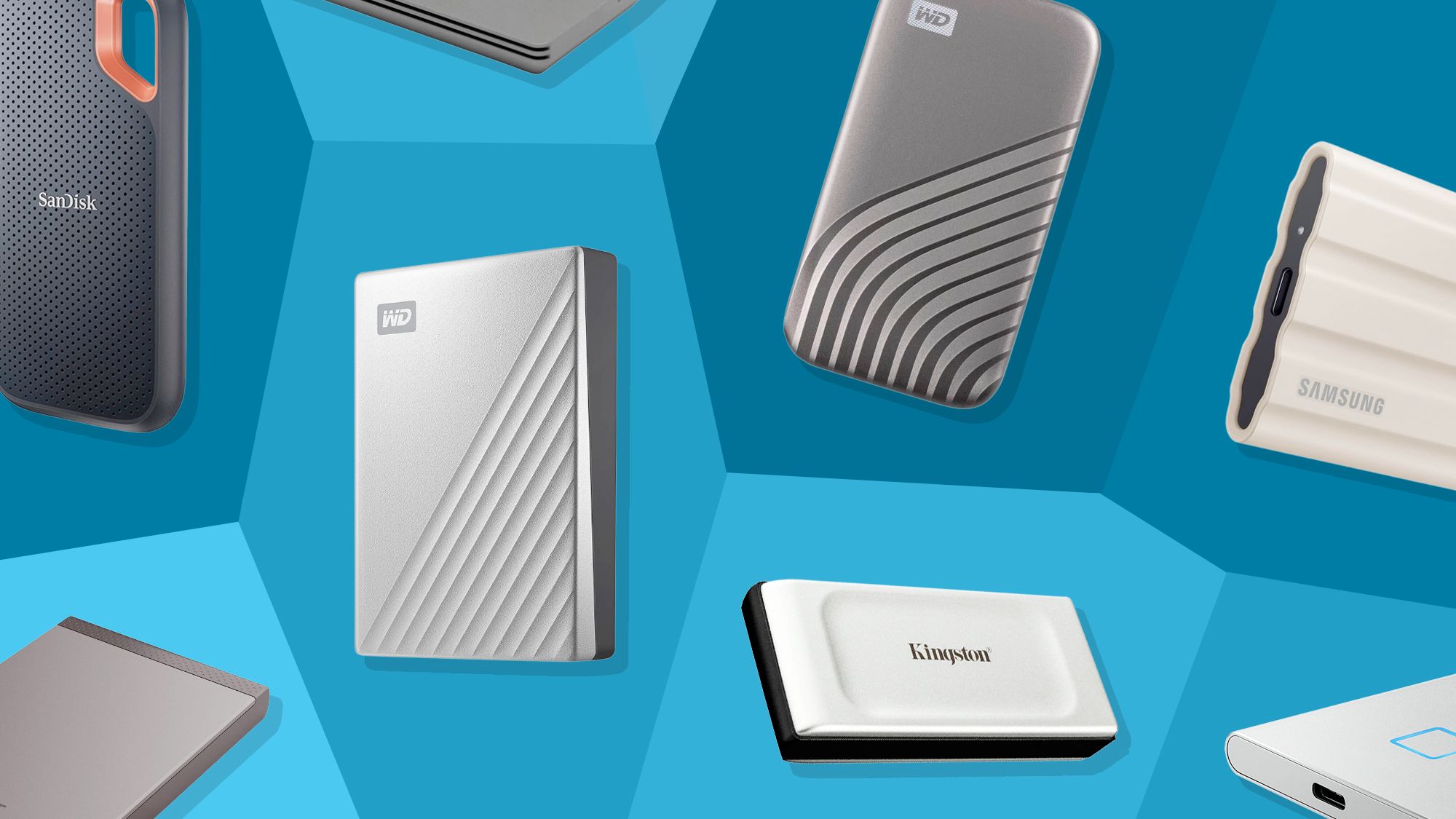Introduction
Are you curious to know whether your Mac has a Solid State Drive (SSD) installed? Knowing this information can be helpful in understanding the performance and storage capabilities of your Mac. An SSD is a type of storage device that offers faster access times and improved overall performance compared to traditional Hard Disk Drives (HDD).
In this article, we will explore multiple methods to determine if your Mac is equipped with an SSD. Whether you’re a tech enthusiast or just looking to upgrade your storage, finding out if your Mac has an SSD is the first step in making informed decisions about your device. So, let’s dive into the different methods to check if your Mac has a Solid State Drive!
We will cover various methods, including checking Mac System Information, accessing the System Report, using Terminal commands, utilizing Disk Utility, and relying on third-party apps. Each method offers a unique approach to obtain information about your Mac’s storage technology.
By the end of this article, you will have a clear understanding of how to determine if your Mac is equipped with an SSD. So, without further ado, let’s get started with the first method: Checking Mac System Information!
Method 1: Checking Mac System Information
One of the simplest ways to check if your Mac has a Solid State Drive is by accessing the Mac System Information. This method allows you to view detailed specifications about your Mac’s hardware, including the storage device.
Here’s how you can check if your Mac has an SSD using the Mac System Information:
- Click on the Apple menu in the top-left corner of your screen and select “About This Mac.”
- In the “Overview” tab, you will see the basic information about your Mac, including the model and version of macOS.
- Next, click on the “System Report” button.
- In the left-hand sidebar, under the “Hardware” section, click on “Storage.”
- On the right-hand side, you will find detailed information about your storage devices.
If your Mac is equipped with an SSD, you will see the term “Solid State” or “SSD” mentioned under the “Media Name” column. The capacity and other relevant information about the SSD will also be displayed.
If you don’t see the term “Solid State” or “SSD,” it means your Mac likely has a traditional Hard Disk Drive (HDD) instead of an SSD.
Note: The exact steps and layout may vary slightly depending on the version of macOS you are using.
Using the Mac System Information is a quick and straightforward way to identify the type of storage device in your Mac. However, if you are looking for more detailed information, let’s move on to the next method: Checking the System Report!
Method 2: Checking System Report
The System Report provides a comprehensive overview of the hardware and software components of your Mac, including detailed information about your storage devices. This method offers a more in-depth analysis and allows you to verify whether your Mac has a Solid State Drive (SSD).
To access the System Report and check for an SSD on your Mac, follow these steps:
- Click on the Apple menu in the top-left corner of your screen and select “About This Mac.”
- In the “Overview” tab, click on the “System Report” button.
- In the left-hand sidebar of the System Report window, under the “Hardware” section, click on “Storage.”
- The right-hand side of the window shows detailed information about your storage devices.
Look for the term “Solid State” or “SSD” in the “Media Name” column. If your Mac is equipped with an SSD, it will be listed with relevant information such as the capacity, manufacturer, and removable media status.
If you do not see the term “Solid State” or “SSD” in the System Report, it indicates that your Mac is using a traditional Hard Disk Drive (HDD) as its storage device.
Note: The steps mentioned above may vary slightly depending on the version of macOS you are using.
Checking the System Report provides you with detailed information about your Mac’s storage devices, allowing you to determine if you have an SSD or an HDD. If you’re interested in exploring further methods, let’s move on to Method 3: Using Terminal!
Method 3: Using Terminal
If you prefer a command-line approach, you can use Terminal to check if your Mac has a Solid State Drive (SSD). Terminal allows you to execute specific commands that provide detailed information about your system, including the storage device.
Follow these steps to check for an SSD using Terminal:
- Open the Terminal application on your Mac. You can find it in the Utilities folder within the Applications folder, or you can use Spotlight to search for it.
- Once Terminal is open, type the following command and press Enter:
- If your Mac has an SSD, Terminal will output the information related to the Solid State Drive. If you don’t see any output, it means your Mac is using a traditional Hard Disk Drive (HDD) instead of an SSD.
diskutil info disk0 | grep “Solid State”
This command will fetch information about “disk0” and search for the keywords “Solid State”. If an SSD is present, Terminal will display the relevant details.
Using Terminal provides a quick and straightforward way to determine if your Mac has an SSD. It allows you to access specific system details without relying on graphical user interfaces.
Note: The command provided above assumes that your Mac’s primary storage device is recognized as “disk0”. If you have multiple storage devices or different disk identifiers, you may need to modify the command accordingly.
If you’re interested in exploring additional methods to check for an SSD on your Mac, continue reading to discover Method 4: Using Disk Utility!
Method 4: Using Disk Utility
Another method to determine if your Mac has a Solid State Drive (SSD) is by using the Disk Utility application. Disk Utility provides a graphical user interface to manage and inspect the storage devices connected to your Mac.
To check for an SSD using Disk Utility, follow these steps:
- Open the Finder on your Mac and go to the “Applications” folder.
- Open the “Utilities” folder, and then launch the “Disk Utility” application.
- In the Disk Utility window, you will see a list of all the available storage devices on the left-hand side.
- Select the storage device you want to check for an SSD. This could be your primary internal drive or an external drive.
- Once selected, you will see detailed information about the storage device in the right-hand pane.
- If the storage device is an SSD, you will see the “Solid State” label mentioned in the device information.
If you don’t see the term “Solid State” in the device information, it indicates that the selected storage device is not an SSD.
Using Disk Utility provides a user-friendly interface to identify the storage device type. It provides additional details about the device, such as the capacity, manufacturer, and volume format.
Note: Disk Utility allows you to check multiple storage devices, so make sure to select the one you want to inspect.
If you’re interested in exploring more methods to determine if your Mac has an SSD, let’s move on to Method 5: Using Third-Party Apps!
Method 5: Using Third-Party Apps
In addition to the built-in methods provided by macOS, you can also use third-party apps to check if your Mac has a Solid State Drive (SSD). These apps often offer more advanced features and insights into your system’s hardware, including detailed information about your storage devices.
Here are a few popular third-party apps that can help you determine if your Mac has an SSD:
- DriveDx: DriveDx is a comprehensive drive health diagnostic and monitoring tool that can identify the type of storage device in your Mac. It provides detailed information about your drive’s health, performance, and more.
- SSD Reporter: SSDReporter is a utility specifically designed to keep an eye on the health of your SSD. It provides information about the drive’s status and helps you detect any potential problems.
- SMART Utility: SMART Utility is a disk diagnostic tool that monitors the Self-Monitoring, Analysis, and Reporting Technology (SMART) status of your drives. It can identify the drive type and provide detailed information about its performance and health.
By using these third-party apps, you can gain deeper insights into your Mac’s storage device and its overall health. These apps often go beyond simple identification and offer additional features to monitor and optimize your SSD’s performance.
Before installing any third-party app, it’s important to research and choose a reputable one from a trusted source. Be sure to read reviews and check if the app is compatible with your specific macOS version.
Now that you are aware of the different methods, both built-in and using third-party apps, you can choose the one that best suits your preference and checking if your Mac has an SSD is just a few steps away!
Conclusion
Determining if your Mac has a Solid State Drive (SSD) is essential for understanding its storage capabilities and performance. Throughout this article, we explored various methods to check if your Mac is equipped with an SSD.
We started by using the Mac System Information and the System Report, which provide basic and detailed information about your Mac’s hardware, including the storage device. These built-in methods offer a simple and reliable way to identify the presence of an SSD.
For those who prefer a command-line approach, we introduced the use of Terminal. Running specific commands allows you to retrieve detailed information about your storage device right from the command line.
Additionally, we explored using Disk Utility, a graphical user interface that provides comprehensive details about your storage devices. This method offers a user-friendly way to identify the device type and obtain additional information such as its capacity and manufacturer.
We also mentioned the option of using third-party apps like DriveDx, SSDReporter, and SMART Utility. These apps provide advanced features and insights into your Mac’s hardware, including the ability to identify and monitor your SSD’s health and performance.
By utilizing these methods, you can easily determine if your Mac is equipped with an SSD, empowering you to make informed decisions about storage upgrades or troubleshooting issues related to your storage device.
Remember to choose the method that suits your preference and provides the level of detail that you require. Whether you prefer the simplicity of built-in methods or the advanced features offered by third-party apps, knowing the type of storage device in your Mac is a valuable piece of information.
So go ahead and explore these methods to check if your Mac has an SSD. Understanding your Mac’s storage technology will enable you to optimize its performance, storage capacity, and overall user experience.







